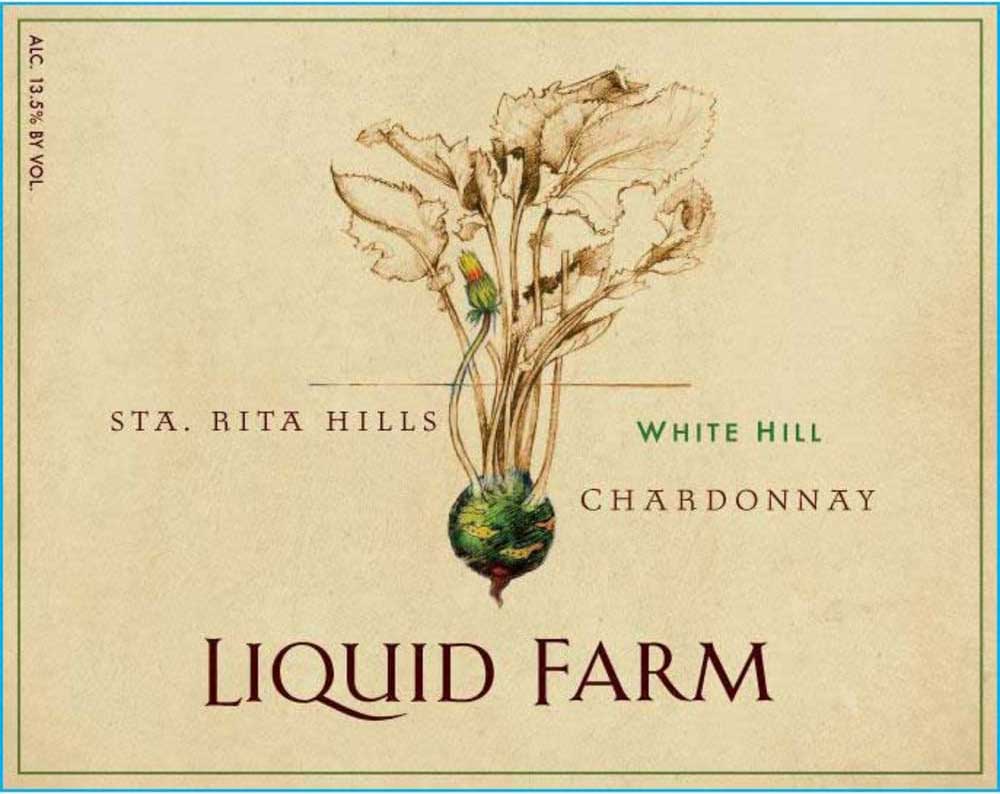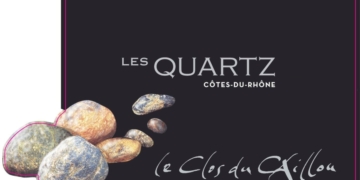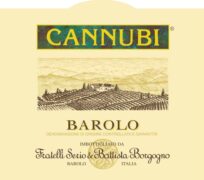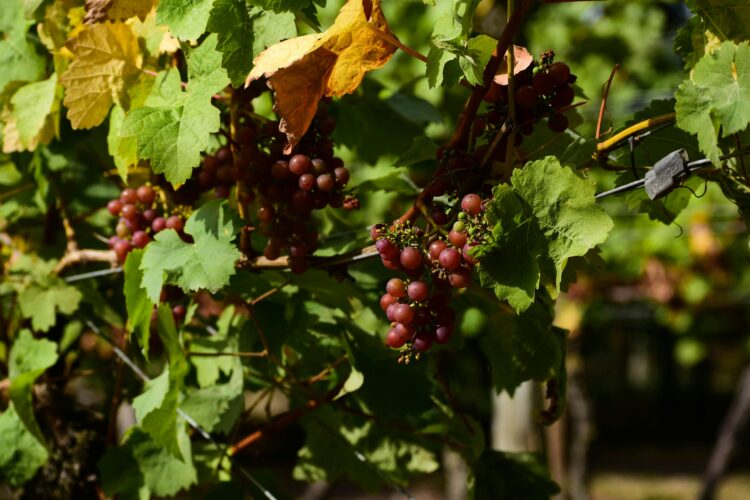For the first time, the number of vineyards in the UK has exceeded 1,000, following a 9.2% increase over the past year. English and Welsh wine producers also sold a record 8.8 million bottles in 2023, marking a 10% rise compared to the previous year.
Production is expanding rapidly to meet growing demand, with 87 new vineyards registered over the past year, bringing the total to 1,030, according to the Food Standards Agency.
“Surpassing the 1,000-vineyard mark is a significant milestone for our industry and reinforces our position as the UK’s fastest-growing agricultural sector,” said Nicola Bates, CEO of WineGB. She highlighted the industry’s sustainable growth and noted the impressive 10% increase in sales despite an overall decline in UK wine consumption.

Bates is optimistic that as consumer confidence in the economy improves, there will be more disposable income available to explore UK wines in pubs, bars, and restaurants. She expects this trend to help UK wines reach new markets and audiences.
The total vineyard area in the UK now stands at 4,209 hectares, reflecting a 123% increase over the past decade. The number of UK wineries has also risen to 221. In 2023, production totaled 161,960.84 hectoliters, equivalent to 21.6 million bottles, up 77% from 2022.
WineGB data indicates that 76% of the wine produced in 2023 will be sparkling, with 23% being still wine and 1% allocated for vermouth and other beverages. Chardonnay remains the most widely planted grape, accounting for 32% of the total vineyard area, followed by Pinot Noir and Pinot Meunier. Bacchus makes up 8% of plantings, while Seyval Blanc and Solaris each represent 3%. Other hybrid varieties include Rondo and Regent.
Sales of sparkling wine have surged by 187% since 2018, growing from 2.2 million bottles to 6.2 million in 2023. Still wine sales have also seen a significant increase, rising by 117% to 2.6 million bottles over the same period.
Sales are distributed across various channels, with 30% through supermarkets, 28% in bars and restaurants, 17% via cellar door sales, 11% through direct online sales, 8% in exports, and 6% through specialist wine merchants.
“GB wine is a success story that has demonstrated extraordinary growth and development over the past decade, thanks to significant investment,” Bates said. She added that vineyard and winery growth is expected to continue at a strong pace.





















































